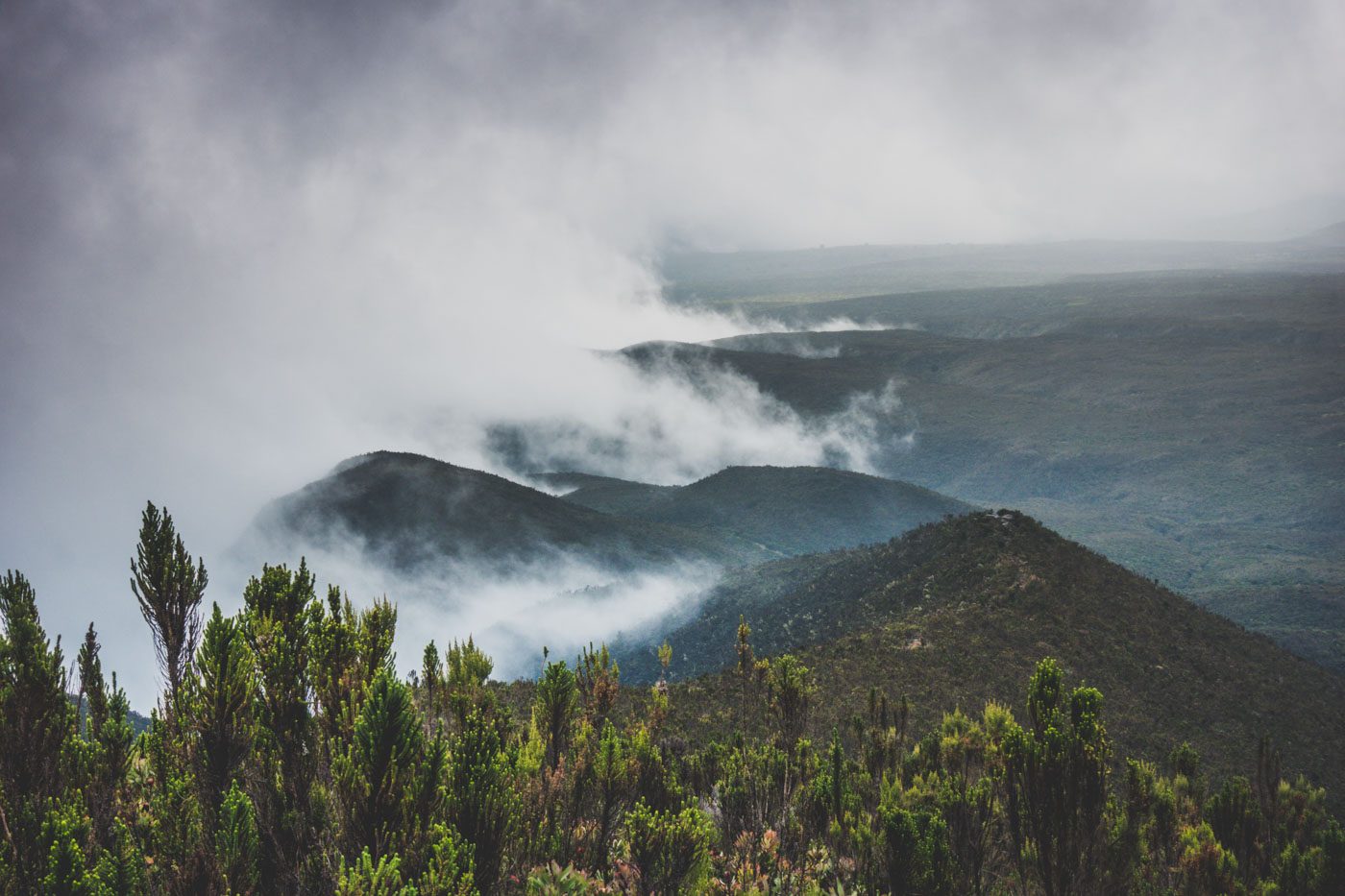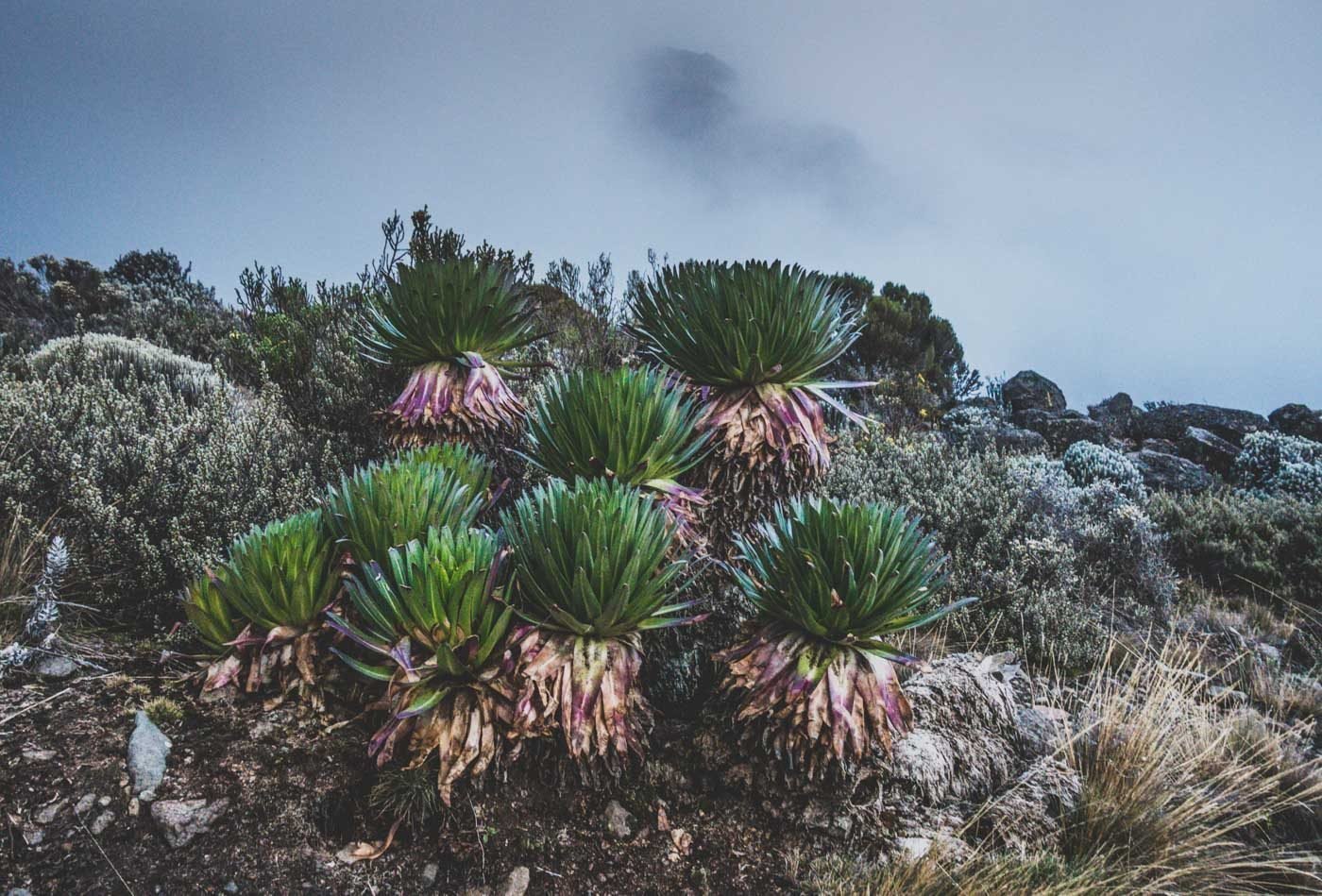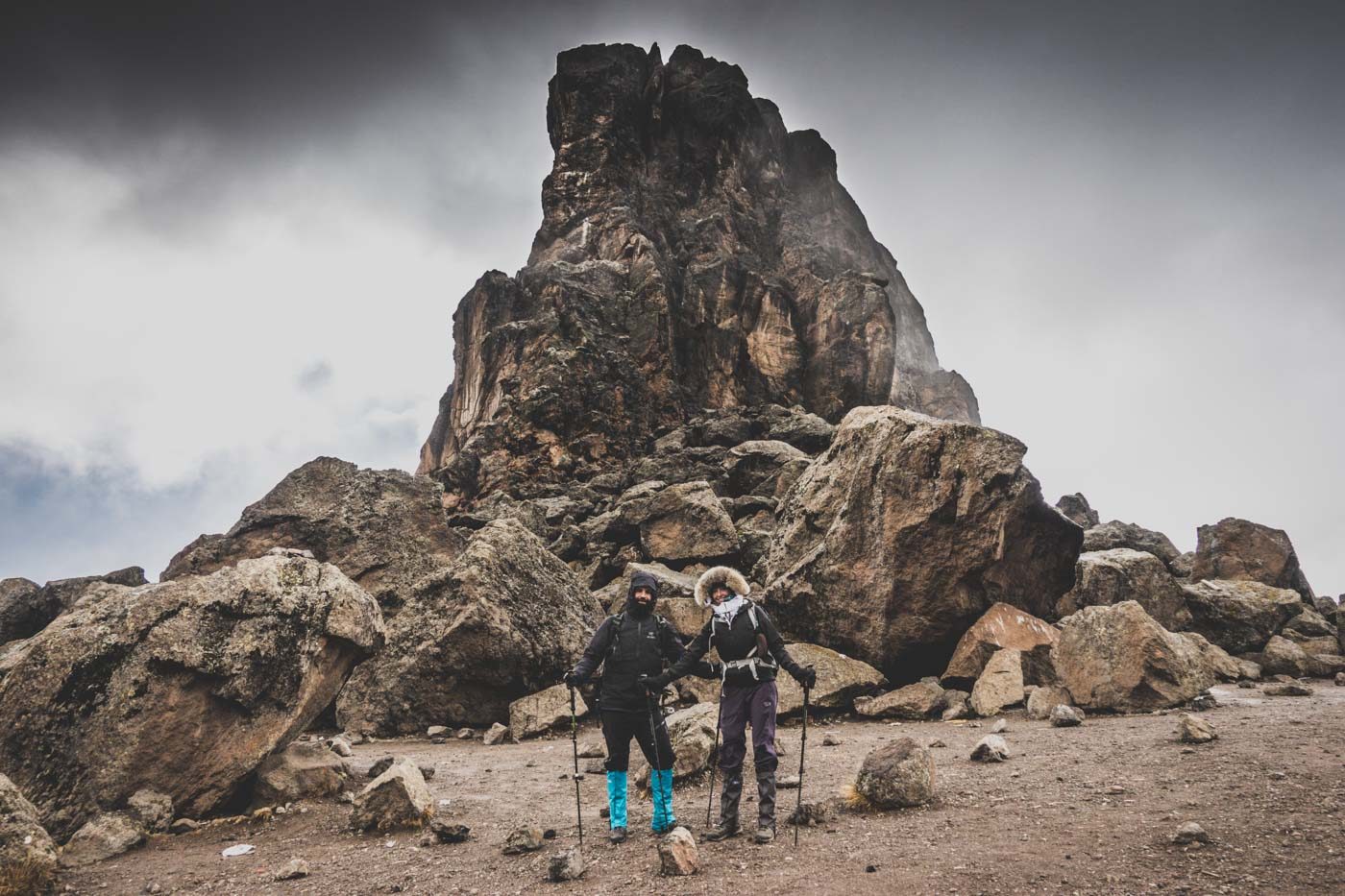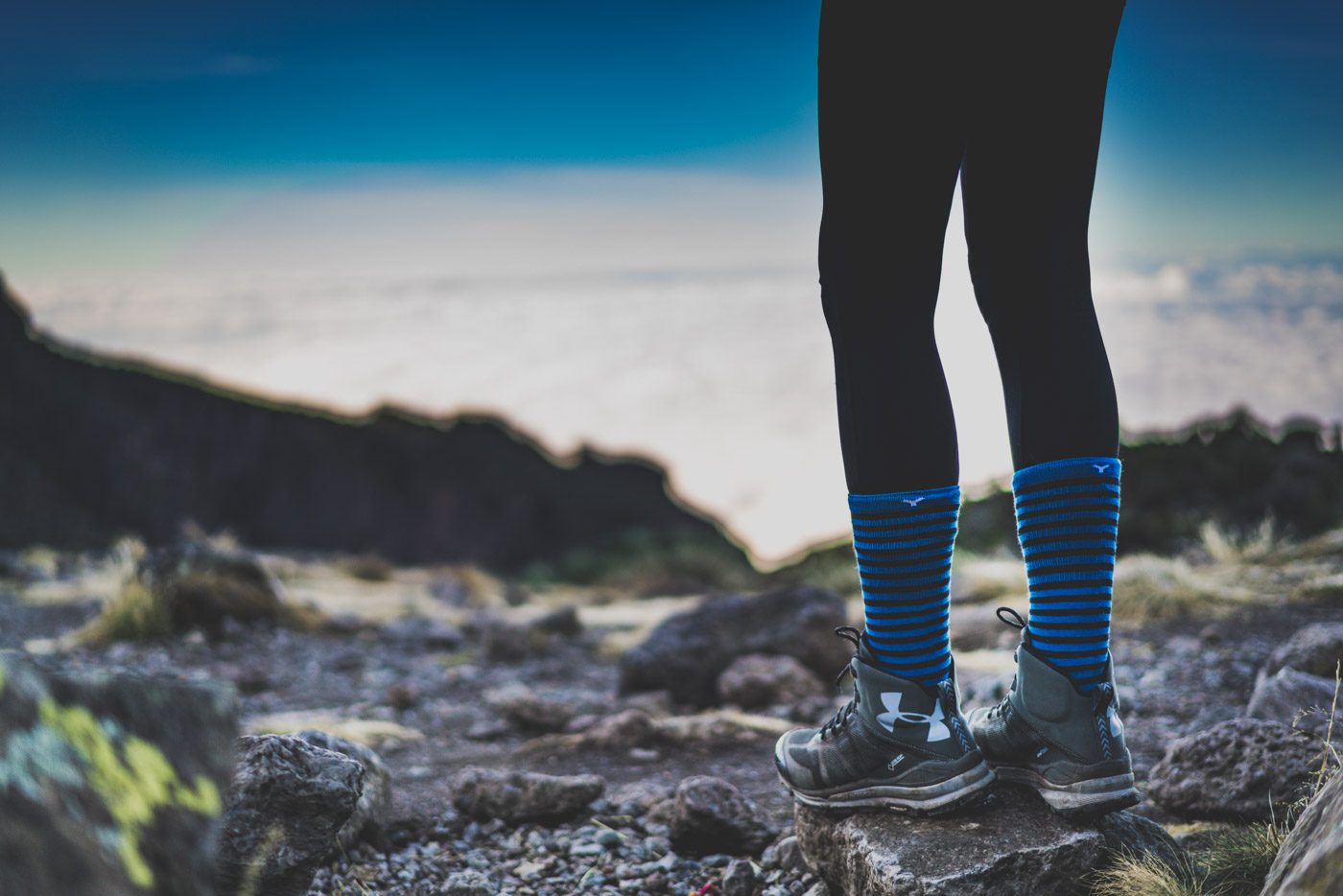Kilimanjaro, the world’s largest freestanding mountain, is the holy grail for many outdoors enthusiasts. Each year, approximately 30,000 people climb the towering peak for its flora, fauna, incredible scenery, and physical challenge.
*This post may contain affiliate links, as a result, we may receive a small commission (at no extra cost to you) on any bookings/purchases you make through the links in this post. As an Amazon Associate, we earn from qualifying purchases. Read our full disclosure
As Africa’s highest mountain, Kilimanjaro is quite famous even outside the mountaineering world. The mountain is actually a sleeping volcano that had its last eruption more than 150,000 years ago. The peak stands at 5,895 metres (19,340 feet) above sea level inside of Tanzania’s Mount Kilimanjaro National Park, just south of the Kenyan border.
In 2018, we traveled to Tanzania to climb Mt Kilimanjaro first hand. It was a difficult feat, no doubt about it, but the experience was incredible and the views along the way were worth the pain. We opted for the 8-Day Lemosho Route and despite some headaches and some bad altitude sickness on the summit day, we both successfully made it to the top. The biggest surprise for us was the stunning scenery along the way. We just didn’t expect it to be so beautiful along the way.
WATCH: Our Journey to Mt Kilimanjaro
If you are mesmerized by the views and are interested in learning more about hiking Mt Kilimanjaro, read on for an in-depth guide and information on everything you need to know to plan your own Mt. Kilimanjaro climb
Climbing Mount Kilimanjaro
The Best Time to Climb Kilimanjaro
While it is possible to climb Kilimanjaro throughout the entire year, some months are intrinsically better than others. The two main Kilimanjaro trekking seasons are between January-March and June-October.
The January-March season is often colder and snowier than June-October, but it is less popular with tourists as the latter corresponds with summer holidays. Avoid planning your Mount Kilimanjaro hike in March, April, and November, as those are the wettest months on Kilimanjaro.
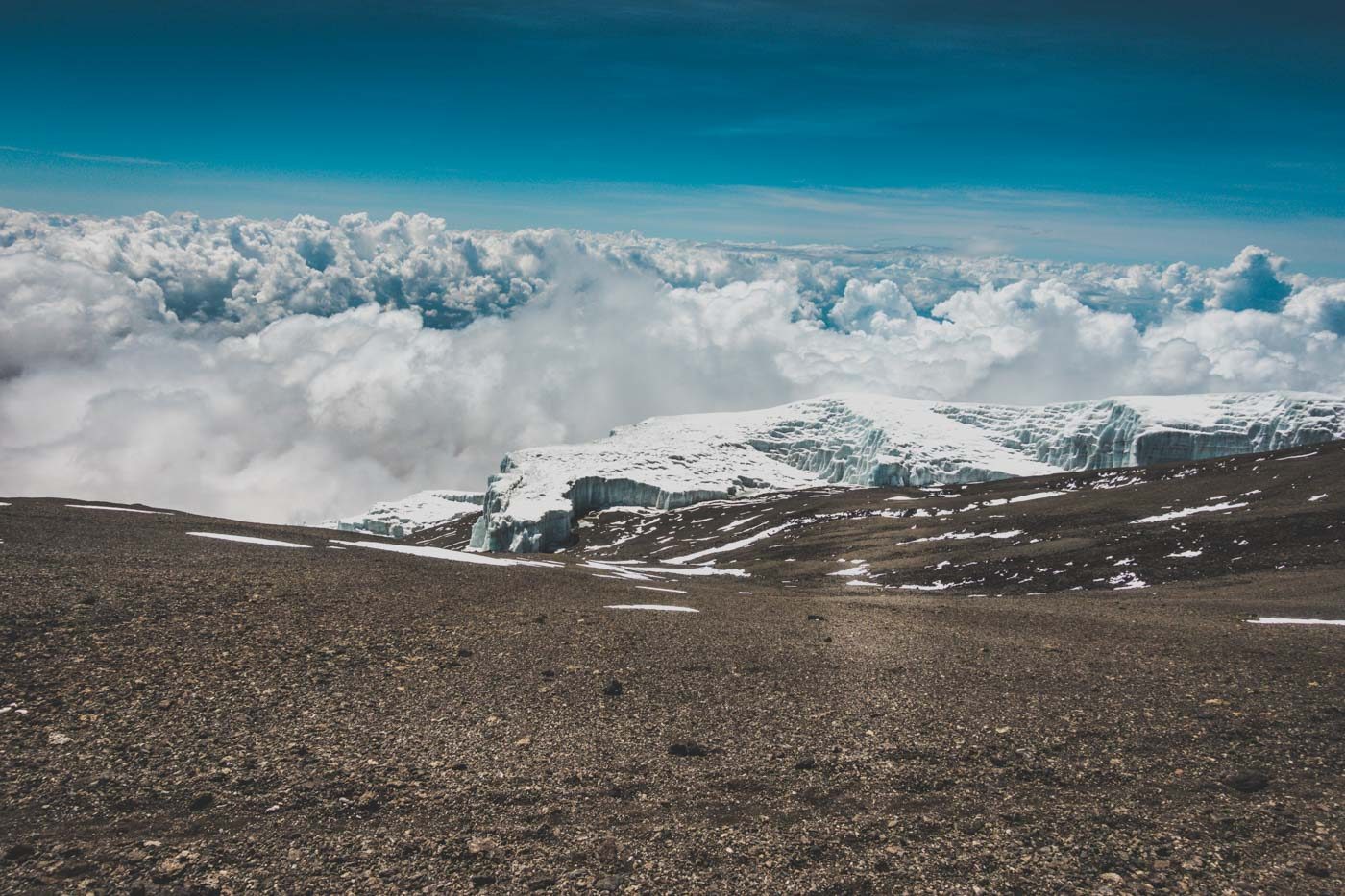
Traveling Soon? Here is a list of our favourite travel providers and accessories to help get you ready for your upcoming trip!
We climbed Kilimanjaro in October and summited on my (Oksana’s) birthday, October 29th. The weather turned out to be perfect. We only encountered rain at the beginning fo our hike, as we were passing through the rainforest and enjoyed clear skies and beautiful sunsets every other day along our journey.
Kilimanjaro Routes
Marangu Route
Time: 6 Days
Distance: 72 km (45 miles)
Stops Include: Mandara Hut, Kibo Hut, Uhuru Peak, and Horombo Hut
This is the most well-known route that people take to climb Kilimanjaro. Nicknamed the “Coca-Cola Route,” it is also the most crowded route thanks to its gradual slope. The route also runs two ways, which contributes to the crowds.
Although it is the most famous of the Kilimanjaro routes, the success rate is considered medium because the pace of the route is quite fast and does not allow sufficient time for acclimatization along the way. There are huts along the way that you can camp in which makes this route an appealing option for those looking to undertake this Kilimanjaro hike in comfort.
Machame Route
Time: 8 Days
Distance: 62 km (38.5 miles)
Stops Include: Shira Hut, Barranco, Barafu, Uhuru Peak, and Mweka Hut
The most popular route is the Kilimanjaro Machame Route. Although slightly more difficult than the Marangu Route, it has a much higher success rate because it offers a better acclimatization profile over a longer period of time.
Its popularity has grown over time not only due to its higher success rate but also due to it being a more picturesque route than the Marangu Route.
Lemosho Route
Time: 8 Days
Distance: 70 km (43.5 miles)
Stops Include: Shira Plateau, Moir, Karanga, Uhuru Peak, and Mweka Hut
The Lemosho Route, despite being one of the least popular, is perhaps the most beautiful Kilimanjaro trekking route that exists. It’s extremely diverse and you have the best chances of spotting some amazing wildlife along this route.
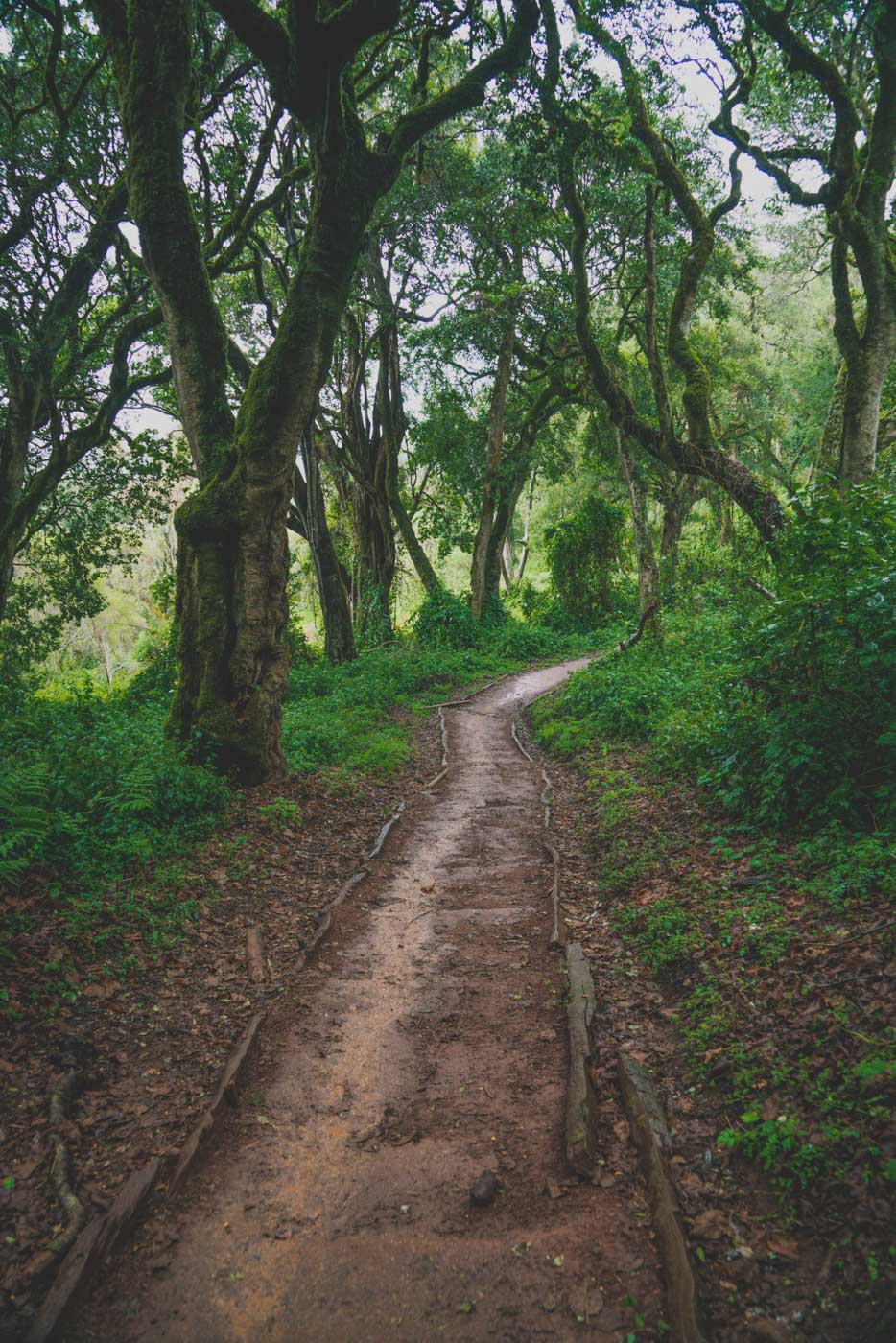
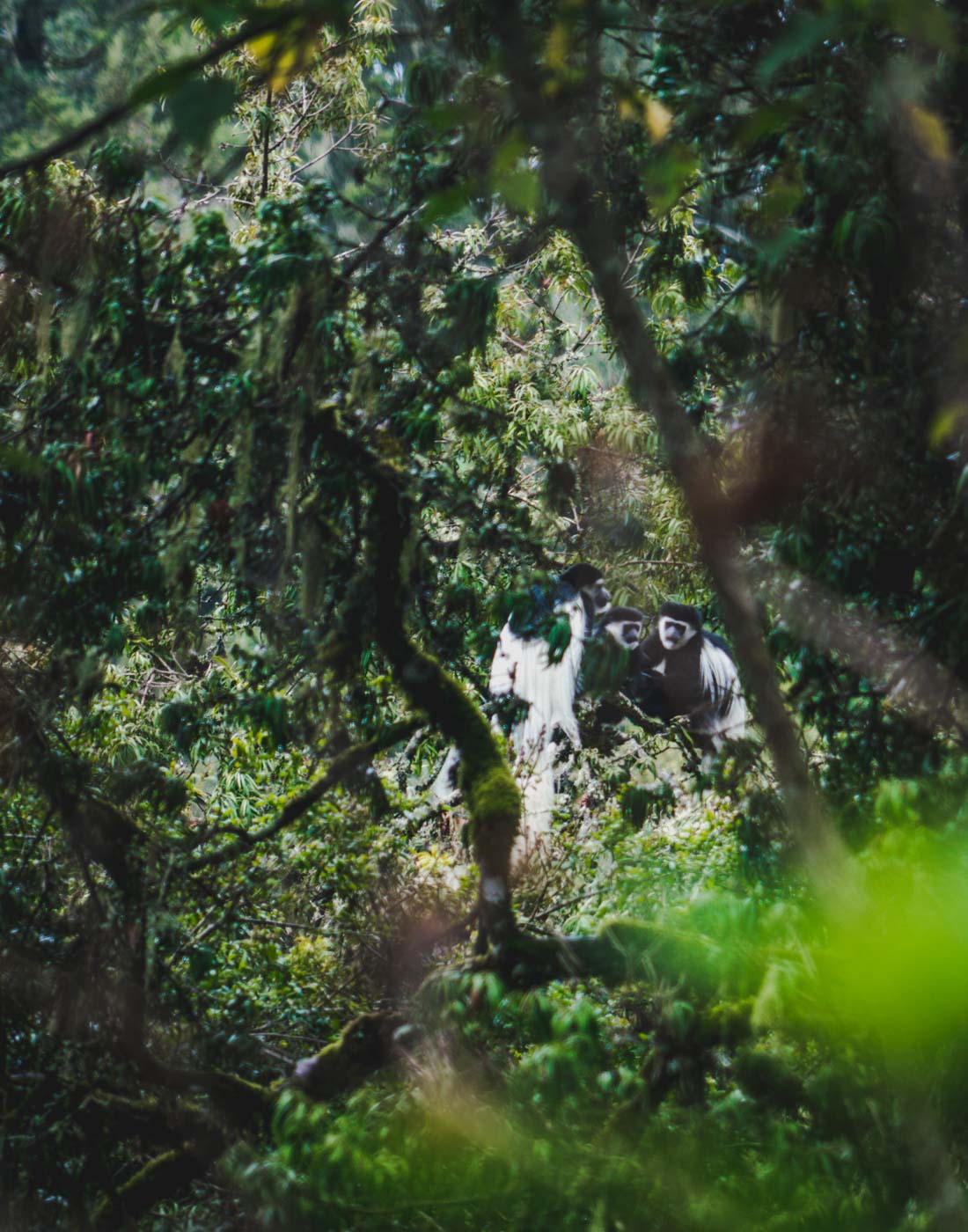
You’ll complete this hike in eight days, giving you plenty of time to adjust to the altitude. The Lemosho Route starts to the west of Kilimanjaro, making it a bit more remote and therefore more expensive than other routes. The Shira Route is a variation of the Lemosho Route, starting at a higher altitude a bit to the north. It joins the Lemosho Route after two days.
Rongai Route
Time: 7 Days
Distance: 73 km (45 miles)
Stops Include: Simba Cave, Mawenzi Tarn Hut, Uhuru Peak, and Horombo Hut
The Rongai Route is the only route that approaches Kilimanjaro from the north. Like the Lemosho Route, this makes it a bit more remote and therefore a less popular choice. It’s one of the easier route options, making it perfect for those who want to get off the more popular paths for a feeling of remote wilderness but still want the high probability of making the summit.
Umbwe Route
Time: 6 Days
Distance: 53 km (33 miles)
Stops Include: Umbwe Cave, Barranco, Karanga, Uhuru Peak, and Mweka Hut
The Umbwe Route is the least popular route for Kilimanjaro trekking, and for good reason. The route is very steep and direct. Although it takes less time to climb than other routes, it offers a poor acclimatization profile, which leads to an overall low success rate.

If you do choose to hike this route, some kind of pre-acclimatization is recommended. Less than 1000 people climb Kilimanjaro on this route each year.
How Much Does the Kilimanjaro Climb Cost?
In general, Kilimanjaro trekking is not a cheap endeavour. Prices typically range from $1000 USD to $4000 USD and upwards for a Kilimanjaro climb.
Cost, however, should not be the only factor when choosing a tour operator. Although it may be tempting to hunt for a bargain, cheaper prices mean that costs are being cut somewhere within the Kilimanjaro tour company.
A cheaper choice might mean that the food or equipment is lacking, the porters are not being paid fairly, or that all environmental measures are out the window. As a responsible and eco-friendly traveler, research the companies you are considering doing your Kilimanjaro trek with and make your decision based on ethics, not cost.

In addition, keep in mind that while the vast majority of climbers book their Kilimanjaro trek before they arrive in Tanzania, it is cheaper to book while you’re in the country. This might create some issues if you are on a tight schedule and want to know exactly when your trek will depart, but if you’re not in a hurry, it’s a great way to save a little money.
For our 8-day Lemosho Route hike, we went with a local operator called Kilimanjaro Brothers and paid around $2500 USD each for our 8-day hike which included delicious 3 course meals, clean drinking water, all equipment (tents, mats, pillows, etc), a portable toilet (a necessary luxury on this type of hike) and a village of porters who helped us carry our gear (and sometimes even us) up and down the mountain. We were so pleased to find a company that was started by a local porter who now treats their porters with great respect and care. Our tour may have been a bit more expensive due to the fact that our porters didn’t carry more than 20kg each and thus we had to pay for many more of them to join our trek. We highly recommend climbing Mt Kilimanjaro with Kili Brothers, they took wonderful care of us (putting our SAFETY not success rates FIRST), provided us with great food, great care, and excellent entertainment along the way.
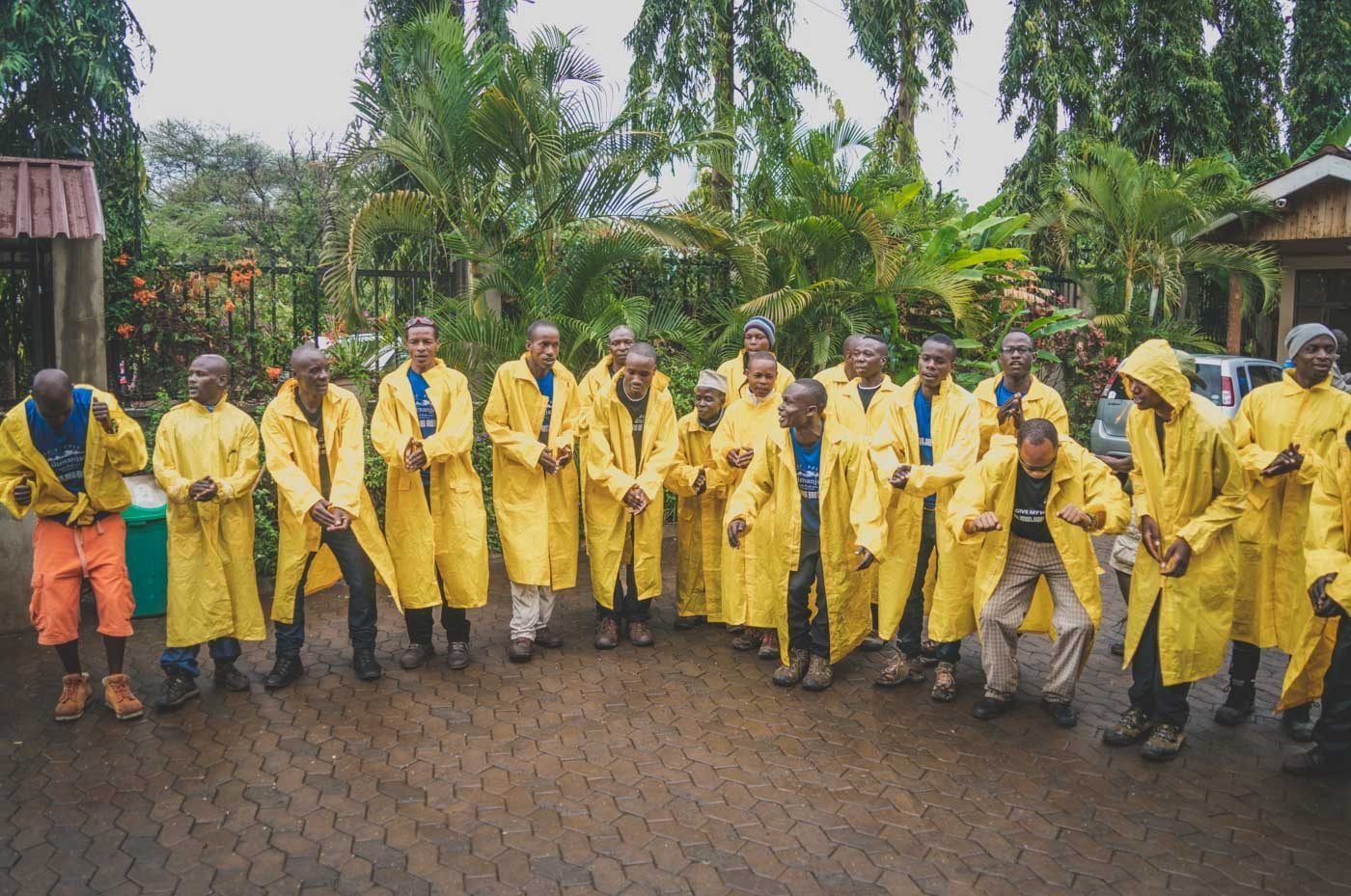
Training for Kilimanjaro
Although Kilimanjaro is a relatively popular and comparatively easy mountain to climb, it does require some physical preparation. If you don’t have long-distance hiking experience, some cardio and aerobic training beforehand is highly recommended. However, no serious mountaineering skills are required, just a fairly strong level of physical fitness.
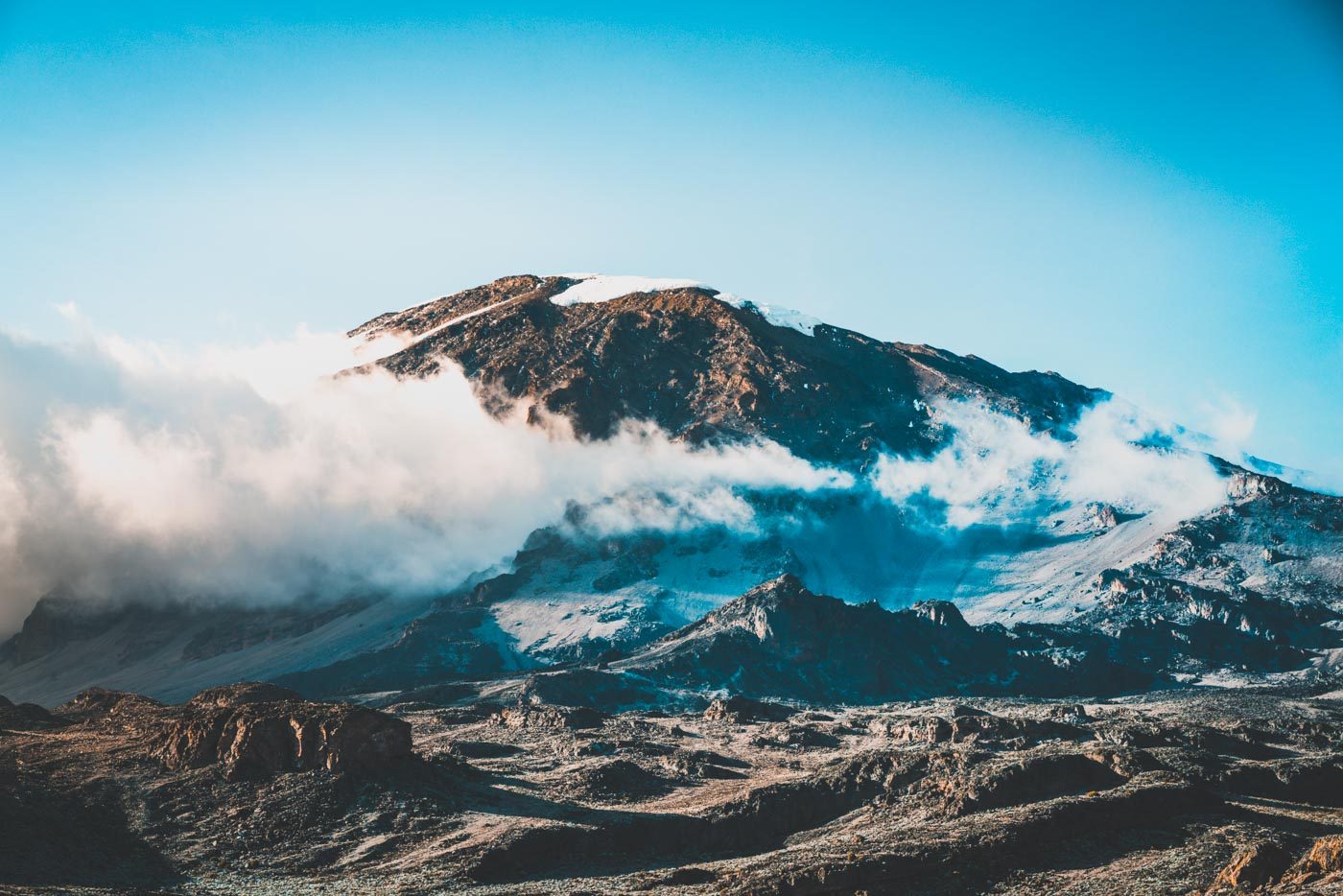
Aside from physical endurance and grit, it’s important to remember that trekking requires just as much, if not more, mental strength. When things get challenging, keeping your spirits high and your attitude positive will make all the difference.
Before our climb, we spent about 2-3 months doing regular cardio exercises and running on an incline. We felt well fit and didn’t have any issues on Days 1-5, but started to feel the effects of altitude from Day 6 onwards. Summit day was absolutely exhausting and getting to the top of that mountain ended up being all about mental strength more than anything else!

What to Pack and Prepare
When packing for your Kilimanjaro hike, you’ll need to plan strategically. Although porters will carry all your main gear, you’ll still need to keep weight in mind, as well as overall functionality. Also, be aware that you’ll be in and out of both hot and freezing cold climates depending on where you are in the hike.
Make sure to pack a couple of moisture-wicking shirts for layering, and 2-3 hiking pants and a part of shorts/capris.
You’ll need one water-resistant shell jacket as well as a thicker, more insulating coat for the freezing day leading up to the summit. You’ll also want a broken-in pair of good waterproof hiking boots. A couple of other essentials include softer shoes to wear at camp, a headlamp, a hat, warm mittens, a water bottle, a day pack, and a solar-powered charger.
Climbing Mount Kilimanjaro was an incredible, once-in-a-lifetime experience for us. We are avid hikers and Africa’s highest mountain was a huge bucket list item for us to tick off.
If you’re thinking of doing the Mount Kilimanjaro hike yourself, we highly recommend it. With a little bit of training and some research, you’ll set yourself up for an exciting time with an awesome chance of success of summiting.

